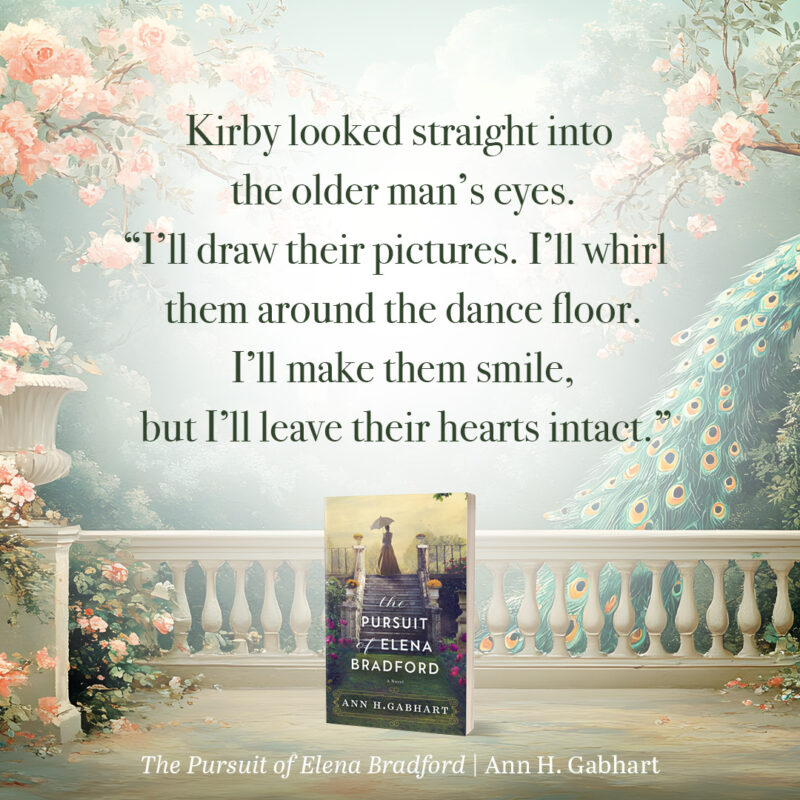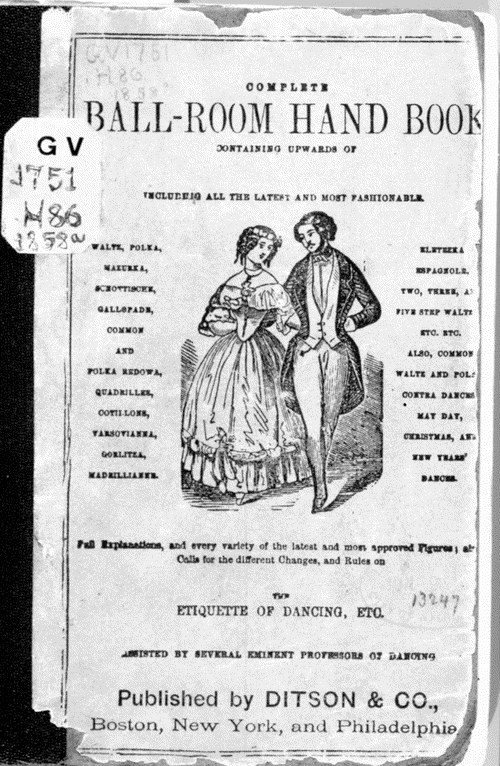Writing a book set in the past can open up some doors to interesting research. A writer can suddenly find themselves needing more information about things she never even considered needing to know when that first idea for story came to mind. But then you start digging a little deeper into the story’s history. You think more about what the characters wore, said, did. Then scenes pop up in the story that make you stop in your tracks and say wait a minute. I need to know more about how the people of that era did this or that. That research can enrich the original idea and suddenly you are seeing everything a little clearer even if you are looking back a hundred or so years. Or for some writers, many more years than that.
That need for more research in happenings, settings, or activities have come up in every historical novel I’ve written. Actually, whether it’s a historical novel or a contemporary one, I always still have to dig a little deeper in some things to made the story as true to life for whatever the year and day or my story might be.
In research, I always find many interesting things that don’t fit the story, that I don’t need, but the information can still be intriguing. In those situations, I hope to remember it for another story down the road.
For The Pursuit of Elena Bradford, I did have to do digging into some subjects I had not really considered when I typed Chapter 1 and set off down my writing road. One of the things I realized early on that I didn’t know enough about was ballroom dancing. Especially ballroom dancing among the social set in the early 1800s. But the internet can be a writer’s best friend. I found this handbook of the etiquette of ballroom dancing in its entirety. It turned out that I didn’t really need most of the information I was gleaning from its pages, but as I said, that didn’t make it any less fascinating.
These sentences are the very beginning of the handbook and in flowery language introduces us to the idea of ballroom dancing.
There is no scene in which pleasure reigns more triumphantly than in the ball-room. The assemblage of fashion, of beauty, of elegance, and taste. The music rising with its voluptuous swell, the elegant attitudes and airy evolutions of graceful forms, the mirth in every step, unite to give to the spirits a buoyancy, to the heart a gayety, and to the passions a warmth, unequalled by any other species of amusement.
I think the writer likes dancing. But as I read on, I discovered there were many rules for a gentleman taking a lady to a ballroom dance. The booklet covered going to get the lady, how to sit in the coach with her (across from her), how to help her out of the couch, where to deliver her to inside the house or building where the dance was taking place ( the ladies’ dressing room where a maid awaited), and then eventually to her seat after he had accomplished his first duty.
Your first duty is to procure a programme for your partner, and introduce your friends, who place their names on her card for the dances engaged. You should always dance first, with your own partner, afterwards you may exchange partners with a friend or dance again with her, should she not be engaged.

Many other rules of proper behavior followed such as this:
When dancing with a lady to whom you are a stranger, be cautious in your conversation, not to attempt too much without at the same time being anti-social, trifling incidents may occur during the dance, which will afford a sufficient pretext for an agreeable remark. When the music ends, you bow to your partner, present your right arm, and lead her to her seat.
The following one made me smile and were I the lady in question, be happy to know the gentlemen were reading to follow this rule.
Should a gentleman after being introduced to a lady, not know any better than ask her to dance, by saying, will you dance with me, and in presenting his arm poke his elbow into her face, before she has time to rise up, and in conducting her swing his body to and fro, not knowing how to keep the step, his arm on which the lady leans, is kept so loose that her hand is continually slipping, finally when he attempts to dance, his want of ear for the time, and ungainly movements, renders it a painful toil to his partner, in the very place where she most anticipates the fullest enjoyment. It would be much more polite, to decline dancing altogether, regretting your inability to take part in so agreeable an amusement, than by too great a condescension to be obliging, attempt that which you would be only sure to mar.
I didn’t use any of these in my story except maybe an older gentleman who did step on some ladies’ toes, but I did read more about the ballroom dancing at Graham Springs, the setting for my story. I looked at pictures of dancers and I imagined my characters being part of the swirl and beauty of the dance.
I, alas, am not a dancer, but that doesn’t mean I can’t imagine dancing or at least imagine one of my characters being light on her feet and a lovely and graceful dancer.
The owner of Graham Springs, Dr. Christopher Columbus Graham, believed in the benefit of exercise. He thought dancing was a fine way to achieve that benefit.
Are you a dancer?
Release date for The Pursuit of Elena Bradford is 8 days away, but the pre–order deal from Baker Book House is still in effect this week. Grab your copy for 40% off and free shipping.



Comments 1
I’m not a dancer either, but I enjoy watching dancing scenes in movies and occasionally a dance show. My mother could dance though…all the dances of the 1950s sock hops and she took clogging lessons later in life. I have a precious video of her clogging with my grandson.
I enjoyed reading the ballroom scene yesterday, and I’m thoroughly enjoying the new book! It was great visiting Lawrenceburg and seeing you again. Have a great week, Ann! 🙂